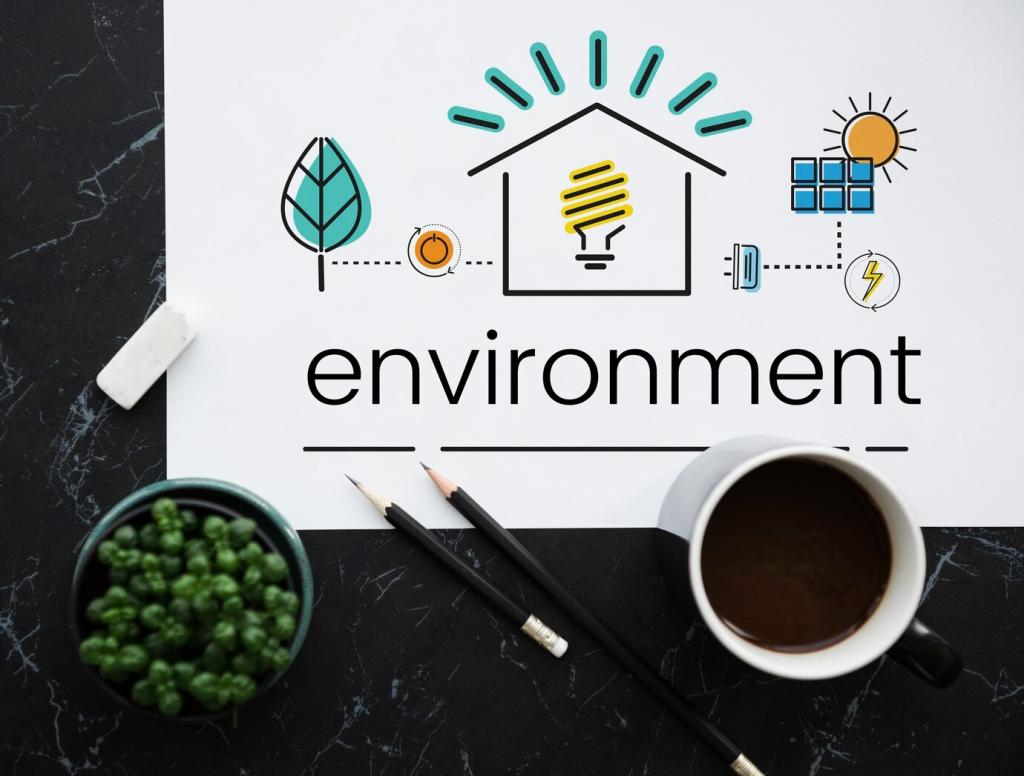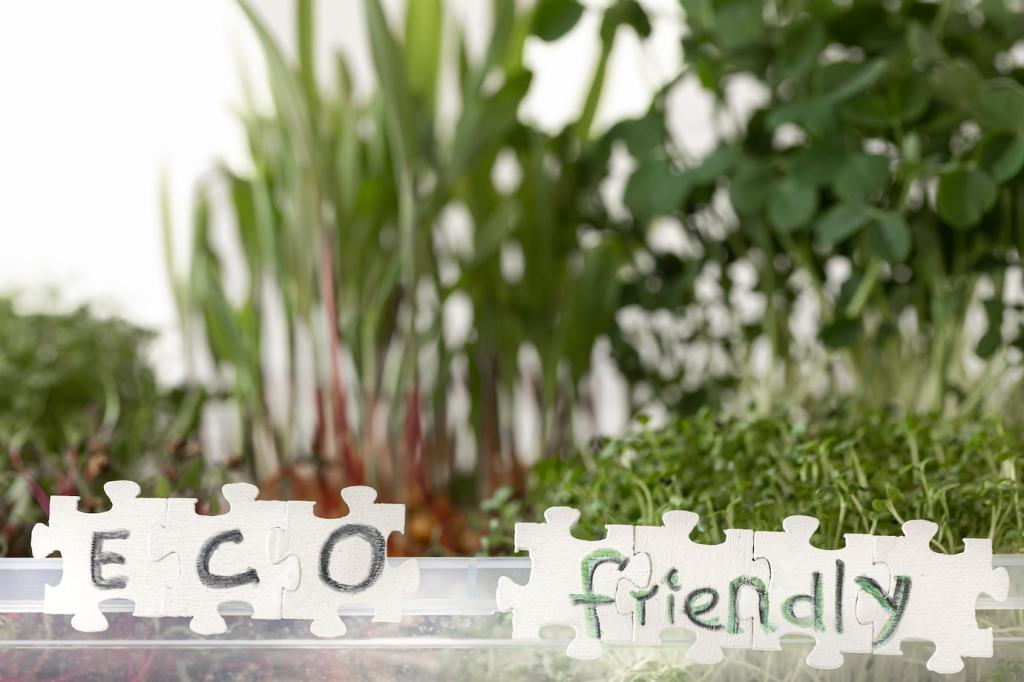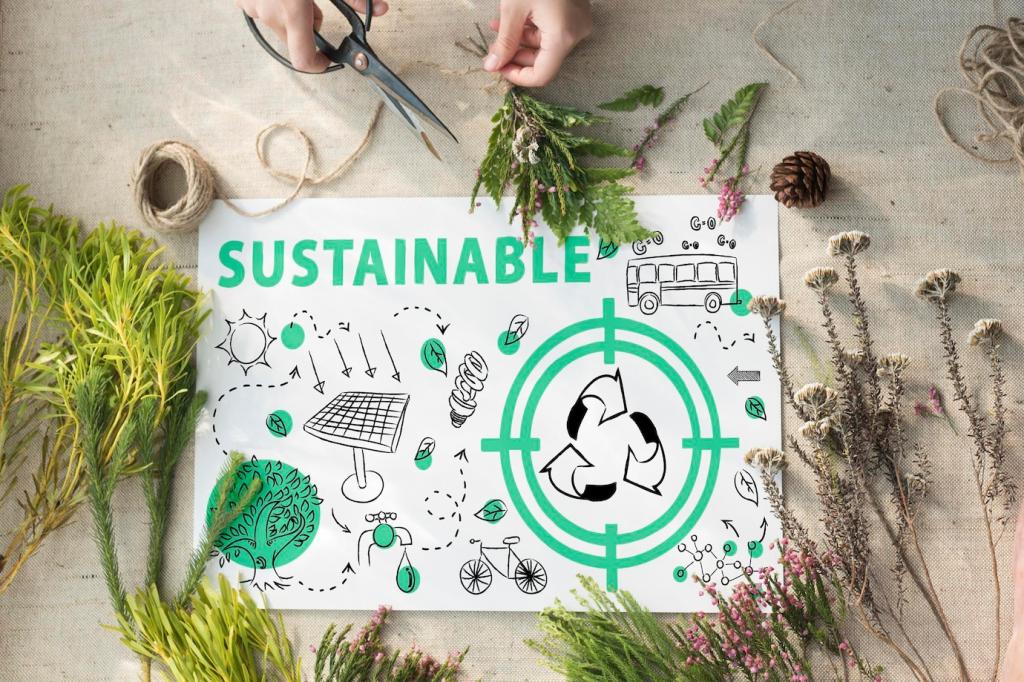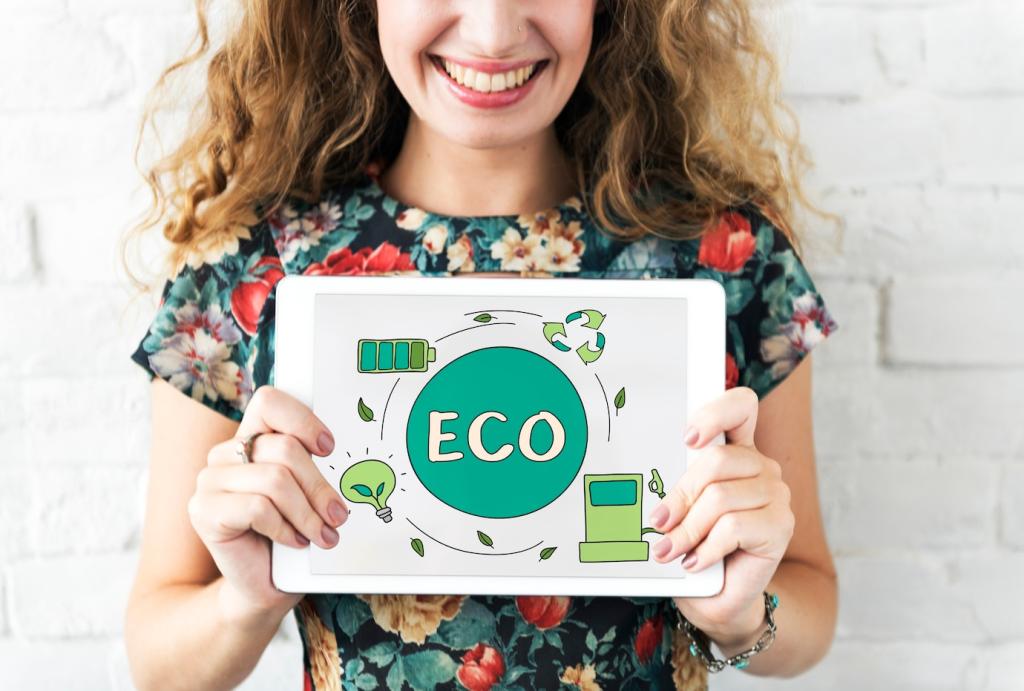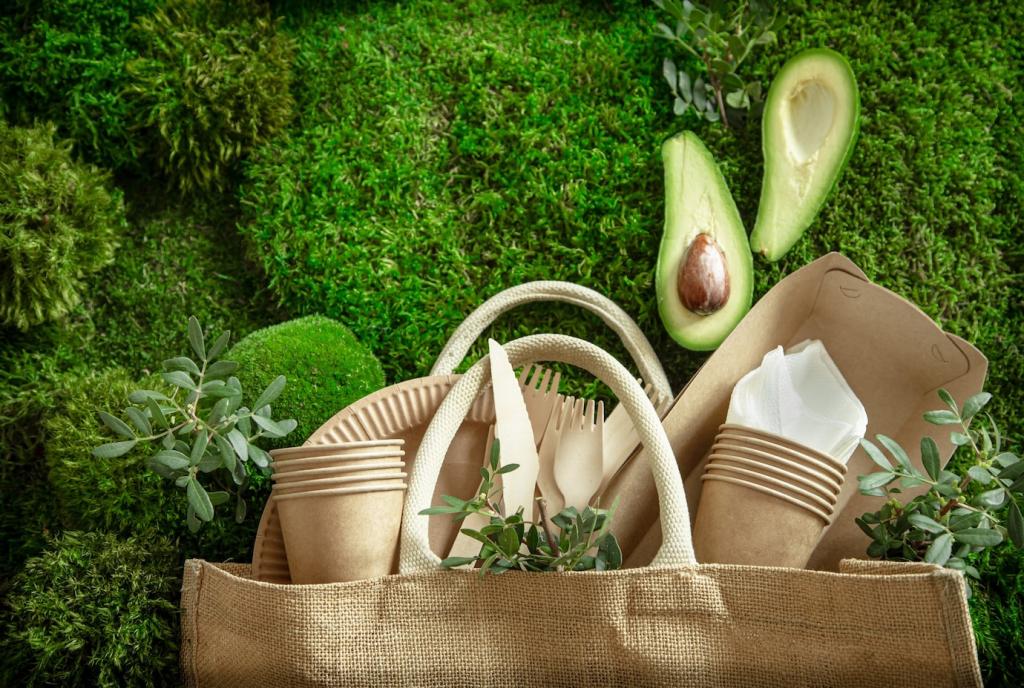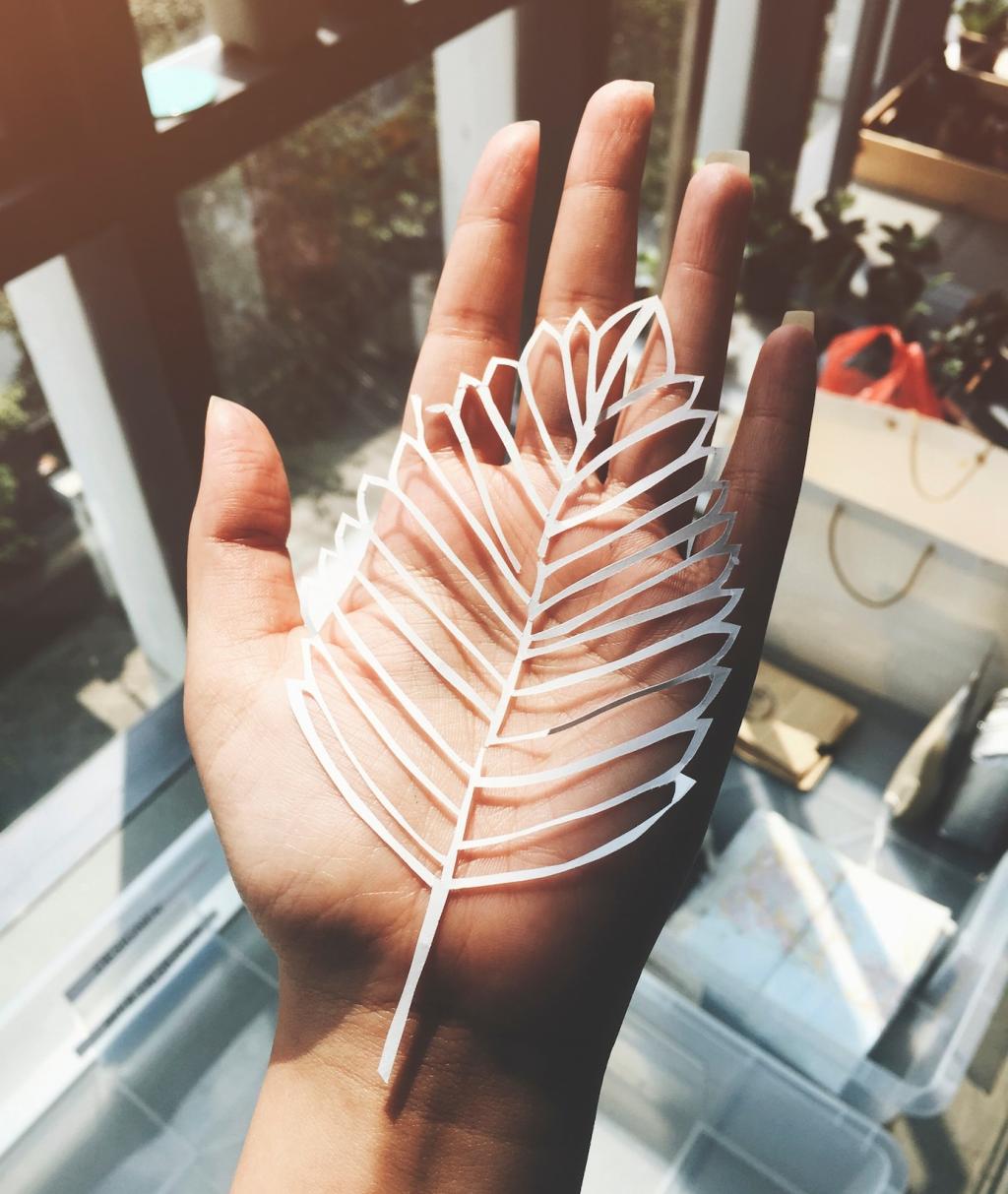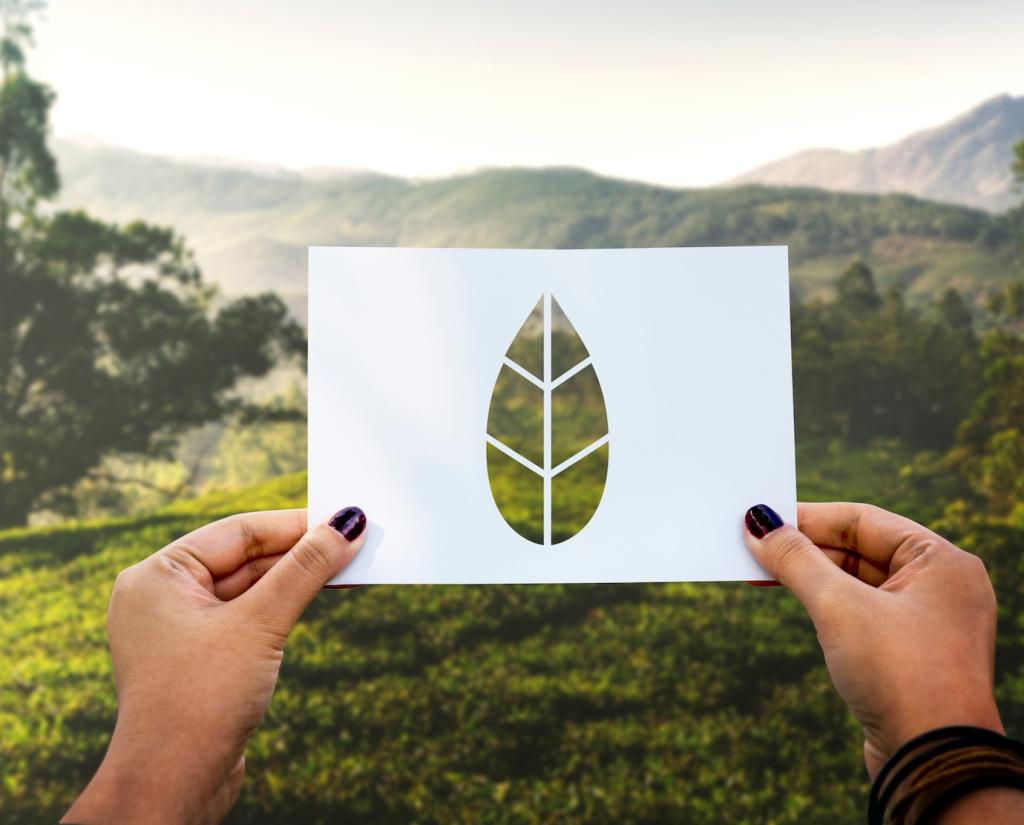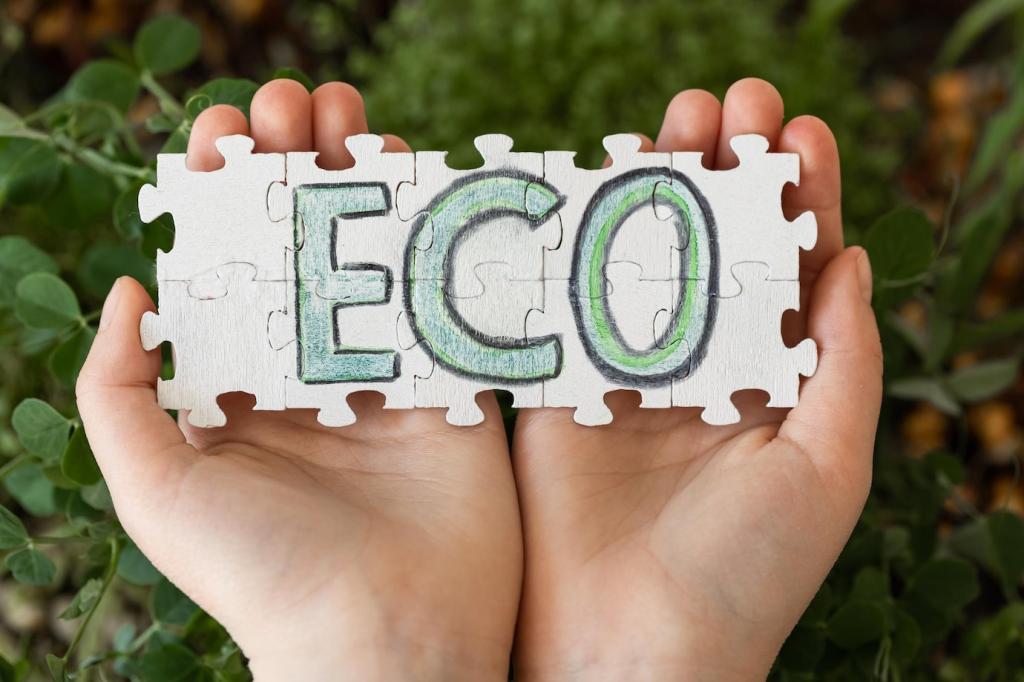Design Choices: Beauty That Lasts Sustainably
Matte hides micro-scratches and feels organic, while satin balances warmth with easy upkeep. Gloss showcases grain but highlights wear in busy households. Many eco-friendly finishes offer adjustable sheen by final coat selection. Tell us your favorite sheen for dining tables and how it has aged in daily use.
Design Choices: Beauty That Lasts Sustainably
Waterborne clear coats preserve pale species like maple, while oil finishes warm tones naturally. Transparent tints unify mismatched boards without hiding grain. UV inhibitors slow yellowing and fading in sunny rooms. Share your tint recipes and before-and-after photos so others can achieve durable, color-stable results.

